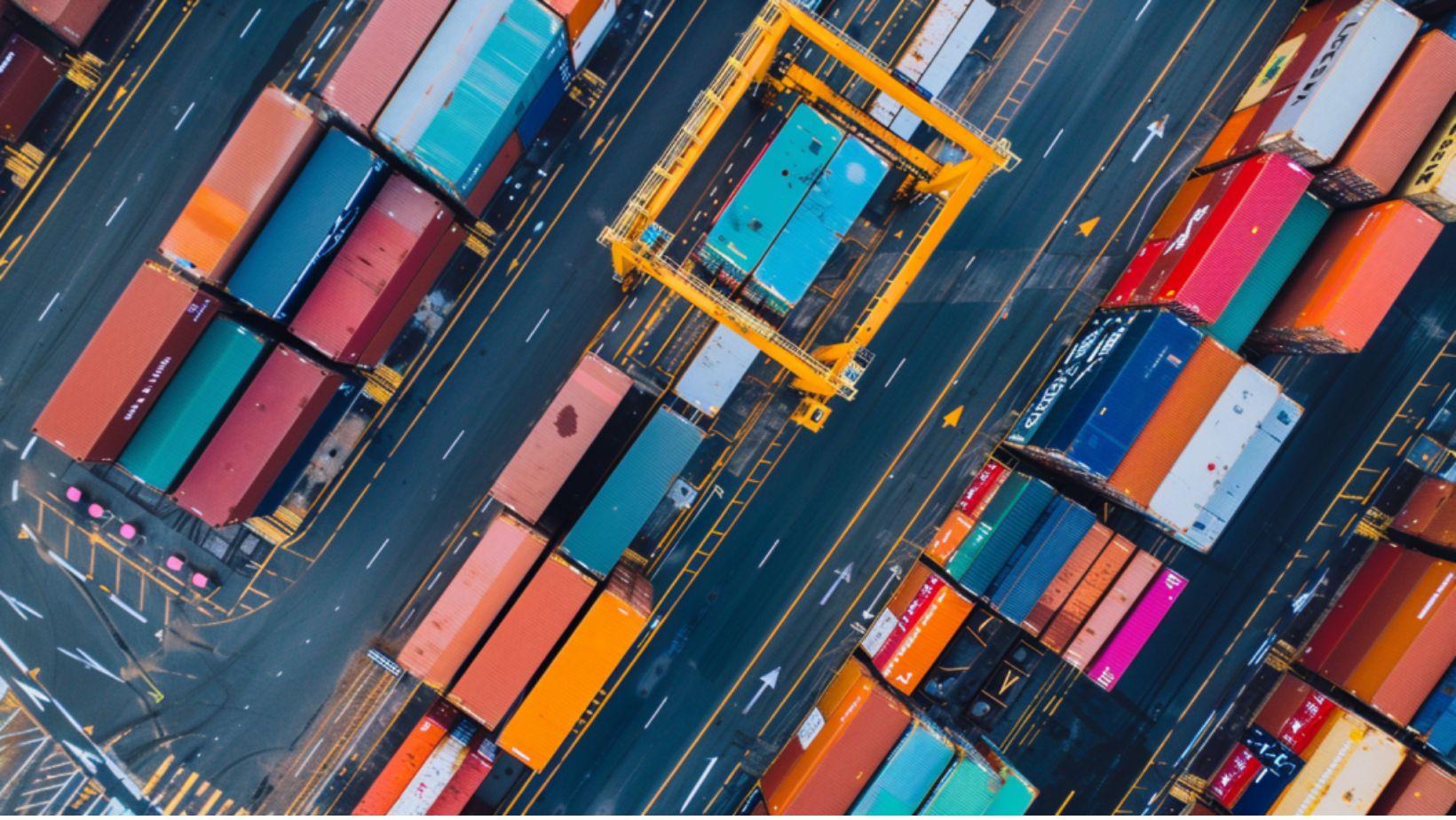3 Reasons You Haven’t Outsourced Fulfillment Yet, But Should
1. You think you’re too small.
Many retailers and small businesses are under the impression that they are too small to be taken seriously by large, well-known third party logistics (3PL) providers, and thus, won’t be able to secure competitive pricing and the attention that their business deserves. Typically, shippers with less than 500 orders per week will not attract the attention of large 3PLs. Both e-commerce and brick and mortar retailers often take on the processing, fulfillment, and shipment of orders on their own, often with less efficiency and at a higher cost than what is available with a 3PL.
2. You don’t want to give up control.
This is an understandable need – you want to be able to see and touch your product every day. However, your time is better spent on your core competencies – product design, sales, marketing, etc. The time and money you spend on managing employees and processing and shipping orders are essentially sunk costs. You’re missing out on the opportunity cost of developing new leads and fostering new business partnerships.
3. You’ve always done it this way.
You’ve owned and operated your own warehouses as part of your business operations for years, perhaps even decades, and don’t see the benefit of outsourcing fulfillment. Some would consider “I’ve always done it this way” to be the most dangerous phrase in the business world. Many small to medium-sized businesses, especially those whose sales cycles experience seasonality, can’t afford the fixed costs of owning and operating their own warehouses anymore. Depending on your industry and product/service portfolio, your customer makeup and densities will likely change over time. Those who don’t adapt to change will likely take themselves right out of the marketplace. Thus, it’s important to have a flexible and scalable supply chain that responds to changing trends.
Whether you have an Etsy shop, Shopify site, a traditional brick and mortar store, or a multi-channel bricks and clicks, you need the flexibility and agility to adapt to changes in technology and consumer preferences. Another consideration is that you are no longer competing to your next door neighbor or the business across town – you’re competing with companies from all over the world. Given changing consumer preferences for next day or 2-day shipping, companies cannot afford to have their products in one place.
Inventory should be housed near consumer densities to ensure timely and cost-effective shipping options. Partnering with a small to medium-sized 3PL can help you leverage economies of scale, take advantage of cost savings and efficiencies, as well as enable you to invest your time and money in developing new products and reaching new customers. It’s a mindset shift – moving from maintenance to growth. The beauty of partnering with a like-sized 3PL is that you can move from a fixed cost structure to a variable cost structure that mirrors demand and enables you to have the flexibility and reach you need to deliver to your customers on time and as promised.






Follow Us